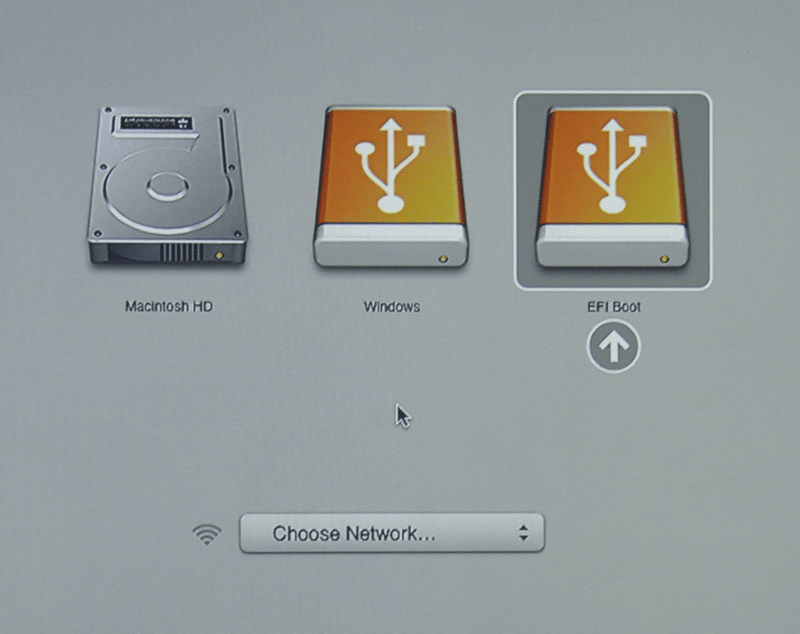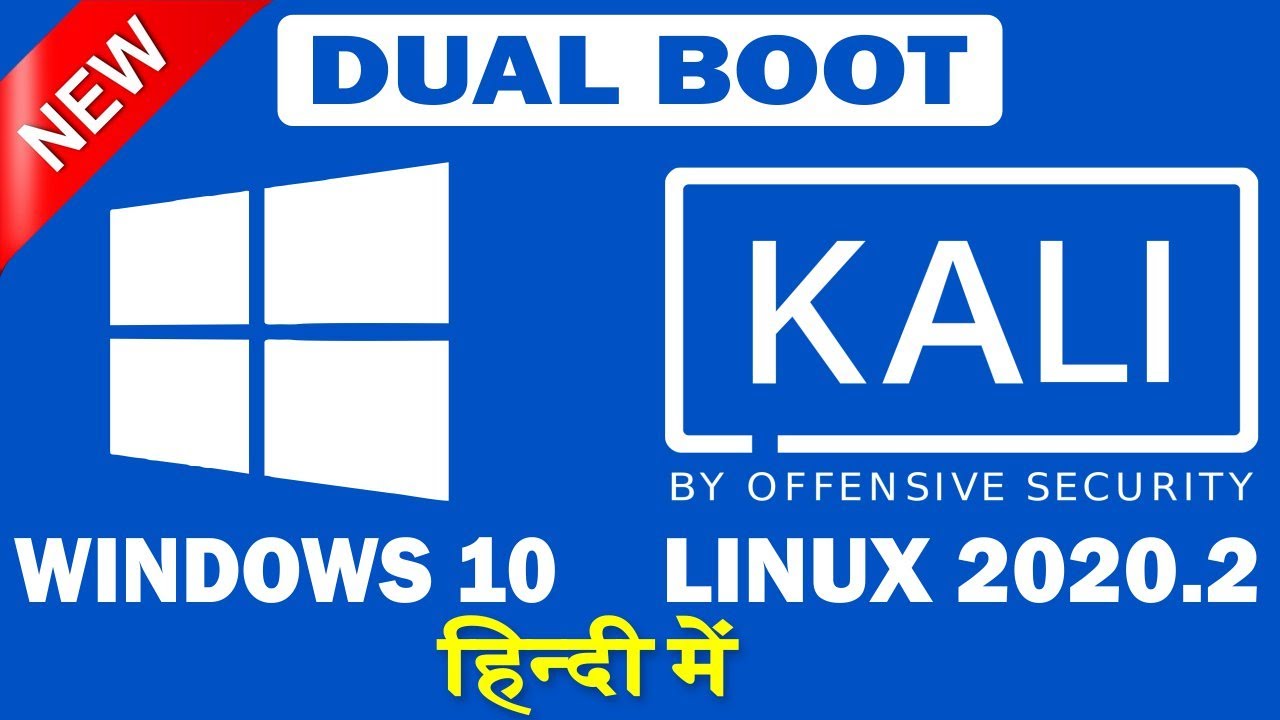

Install the latest version of macOS/OS X ( App store, Recovery or USB) and applying any updates as this may upgrade the firmware.

If you have issues installing Kali Linux on macOS/OS X, there are a few options you can try: The installation procedure from this point onwards is the same as our Kali Linux Hard Disk install guide.Īfter that is complete, all that is left is to reboot, take out the installation media, and enjoy Kali Linux.

The success depends on the Mac hardware’s model & year. However, if the installation hangs at this point, power cycle and select Windows (Being Kali Linux non-EFI/BIOS). We suggest that you select the EFI Boot volume to continue. You may wish to install rEFInd, as it is a boot manager, and try again.Įven though Kali Linux is based on Debian, macOS/OS X always detects non-EFI boot media as Windows. This could be because the age of the firmware on the device. If you only see one volume (EFI Boot), then the installation media is not supported for this device. In-built wireless may not work, as firmware-b43-installer is not included in the default images.When using the graphical installer, you may notice the tracepad does not function (but will after Kali Linux is installed).You may be able to increase the chances of booting (especially older hardware and non-EFI) from a USB drive by having rEFInd pre-installed.Different results when trying to boot by using either a CD/DVD or a USB drive.Depending on the Mac hardware model & year, you may find:.



 0 kommentar(er)
0 kommentar(er)
